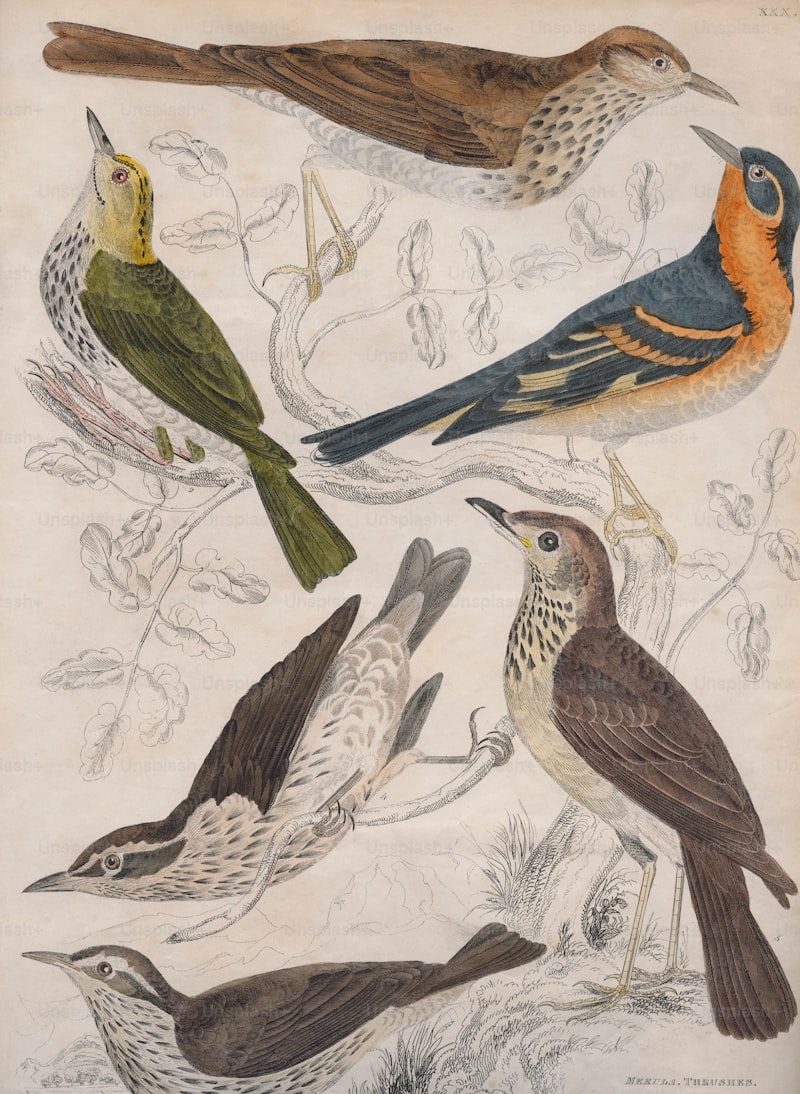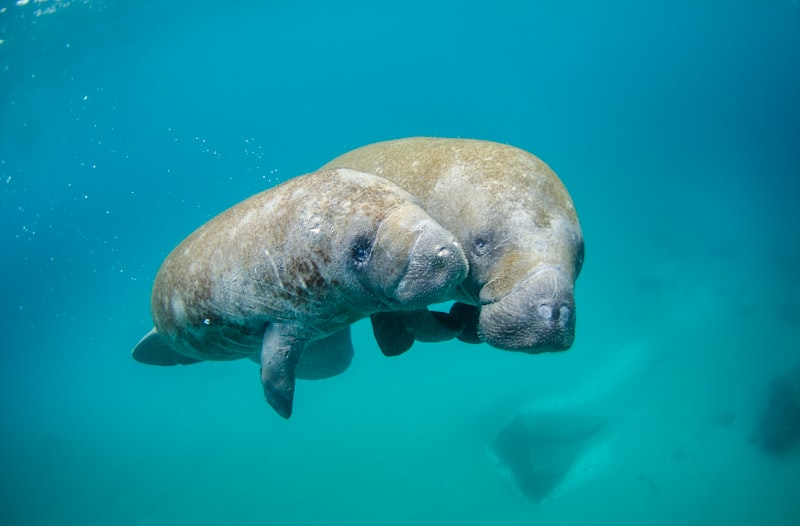
Have you ever wondered about the vibrant world of marine birds? These fascinating creatures not only grace our oceans but play pivotal roles in maintaining the ecological balance of marine ecosystems worldwide.
Marine birds encompass a stunning diversity of species, each uniquely adapted to life on or near the sea. From the majestic albatross with its impressive wingspan to the agile terns darting across the waves, these birds exhibit a remarkable array of adaptations that enable them to thrive in marine environments. Their feathers are often waterproofed, their feet are webbed for efficient swimming, and their sharp beaks are perfect for catching fish—a testament to evolution’s ingenuity.
In terms of distribution, marine birds are found across the globe, inhabiting coastlines, islands, and even the open ocean. Some species, like the puffins of the North Atlantic, nest in burrows on coastal cliffs, while others, such as the wandering albatross, traverse vast distances over the open sea, relying on wind currents for their epic journeys.
Understanding the distribution patterns of marine birds is crucial for conservation efforts. Human activities, including fishing practices and pollution, can profoundly impact these avian populations. By mapping their habitats and migration routes, conservationists can implement strategies to protect critical breeding grounds and feeding areas.
Next time you stroll along a beach or gaze out at the horizon from a coastal viewpoint, take a moment to appreciate the silent beauty and ecological importance of marine birds. Their presence enriches our oceans and serves as a poignant reminder of the interconnectedness of all life forms in our planet’s vast marine ecosystems.
Wings Over Waves: Exploring the Colorful World of Marine Birds
Imagine a world where vibrant feathers dance against the backdrop of endless blue seas – this is the realm of marine birds. These avian wonders not only defy gravity with their aerial prowess but also add a splash of color to the ocean’s expanse. From the elegant swoop of an albatross to the comical waddle of a penguin, marine birds encompass a diverse spectrum of species, each uniquely adapted to life on the water.
Marine birds are true masters of adaptation. Their wings are finely tuned for long-distance flights, enabling them to traverse vast stretches of ocean in search of food and nesting sites. Take the Atlantic puffin, for example, with its distinctive colorful beak that serves both as a tool for capturing fish and as a signal of maturity during mating season. These birds not only survive but thrive in some of the most challenging marine environments on Earth.
Beyond their physical adaptations, marine birds play crucial ecological roles. Species like the frigatebirds are expert fishermen, skimming the ocean’s surface with precision to snatch up fish and squid. Meanwhile, the sight of a flock of gulls diving for scraps near a fishing boat is a testament to their opportunistic feeding habits. These interactions between birds and their marine habitats highlight the intricate balance of life in the ocean ecosystem.

Exploring the world of marine birds offers a glimpse into nature’s kaleidoscope. Each species, from the majestic wandering albatross to the agile terns darting over waves, brings its own unique charm and survival strategy. Their existence is a testament to the resilience and adaptability of life in marine environments, where every wingbeat tells a story of survival against the elements.
Next time you gaze out over the ocean, remember the colorful world of marine birds soaring above and diving below – a reminder of nature’s enduring beauty and the intricate connections that bind us to the sea.
This article captures the essence of marine birds, emphasizing their adaptability, ecological roles, and the beauty they bring to marine ecosystems, all while maintaining a conversational and engaging tone.
From Puffins to Albatrosses: A Deep Dive into Marine Bird Species
Ever wondered about the diverse world of marine bird species, from the charming puffins to the majestic albatrosses? These fascinating creatures not only inhabit the oceans but also play crucial roles in their ecosystems. Let’s take a closer look at what makes them unique and important.
Puffins, often referred to as the clowns of the sea due to their colorful beaks, are small seabirds that belong to the auk family. Found in the Northern Hemisphere, these agile flyers are excellent swimmers, using their wings to propel themselves underwater in search of fish. Their distinctive appearance and behavior make them a favorite among birdwatchers and wildlife enthusiasts alike.
Moving on to the albatrosses, these birds are true giants of the ocean skies. With the largest wingspan of any bird, spanning up to 12 feet, albatrosses are built for long-distance flight. They are predominantly found in the Southern Ocean and North Pacific Ocean regions. Known for their effortless gliding ability, albatrosses can travel thousands of miles without flapping their wings, using wind currents to soar gracefully above the waves.
What sets marine birds apart is their adaptation to life on and around the water. Their feathers are specially adapted to repel water and keep them warm, enabling them to thrive in often harsh marine environments. This adaptation is crucial for their survival, as it helps them regulate body temperature and maintain buoyancy while swimming or diving.
Beyond their physical adaptations, marine birds also have unique nesting habits. Some species, like puffins, burrow into cliffs or dig tunnels to create safe havens for their young, while others, such as albatrosses, form lifelong bonds and raise their chicks in large colonies on remote islands.
Marine bird species encompass a wide array of adaptations and behaviors that make them both fascinating and essential components of our oceans. From the adorable puffins to the majestic albatrosses, each species plays a vital role in marine ecosystems, contributing to biodiversity and indicating the health of our oceans. Exploring their world gives us a deeper appreciation for the interconnectedness of life on Earth and underscores the importance of conservation efforts to protect these remarkable creatures.
Navigators of the Ocean: Understanding Migration Patterns of Marine Birds
Marine birds, often regarded as the masters of the open sea, exhibit extraordinary feats of navigation during their seasonal migrations. These avian navigators embark on epic journeys that span thousands of miles, navigating across vast oceans with remarkable precision. Understanding their migration patterns unveils a fascinating saga of adaptation and survival.
Migration serves as a critical component of the life cycle for many marine bird species. It is driven primarily by changes in food availability, breeding behaviors, and environmental conditions. These birds undertake these arduous journeys to capitalize on the abundance of food resources and favorable breeding grounds found across different latitudes.
One of the most astonishing aspects of marine bird migration is their ability to navigate across featureless expanses of ocean. They accomplish this through a combination of innate biological mechanisms and learned behaviors. Magnetic field sensing, celestial navigation using the stars, and an acute sense of smell are among the tools in their navigational arsenal. This innate guidance system allows them to chart courses that span entire hemispheres, often returning to the same nesting sites year after year.
For instance, species like the Arctic Tern undertake the longest migration of any bird, traveling from the Arctic to the Antarctic and back again each year. This journey spans over 40,000 miles, showcasing their unparalleled navigational prowess. Similarly, the Bar-tailed Godwit holds the record for the longest non-stop flight by any bird, covering around 7,000 miles from Alaska to New Zealand in a single journey.
Migration isn’t just a matter of travel; it’s a survival strategy honed over millennia. By moving with the changing seasons, marine birds can exploit a variety of habitats and food sources throughout the year, ensuring their survival and the continuation of their species.
Coastal Guardians: How Marine Birds Impact Ecosystem Health
Ever wondered about the silent heroes of our coastlines? Marine birds, often overlooked, play a crucial role in maintaining the health of coastal ecosystems. These feathered guardians, ranging from majestic seabirds to agile shorebirds, contribute significantly to the balance of marine environments.
One of the key roles of marine birds is their impact on nutrient cycling. Nesting on coastal cliffs or foraging along the shoreline, they transport nutrients from sea to land and vice versa. Through their guano (bird droppings), which is rich in nitrogen and phosphorus, they fertilize coastal soils and stimulate plant growth. This process not only supports local vegetation but also enhances overall ecosystem productivity.
Beyond nutrient cycling, marine birds are essential in controlling prey populations. Many species feed on small fish, crustaceans, and even invasive species, helping to maintain a balanced food web. By controlling prey populations, they prevent certain species from overwhelming the ecosystem, thus preserving biodiversity.
Moreover, these birds serve as indicators of ecosystem health. Their presence and behavior can reflect changes in environmental conditions such as water quality, prey availability, and climate patterns. Scientists often study marine bird populations to assess the overall health of coastal ecosystems and to detect early signs of environmental stress or pollution.
In addition to their ecological roles, marine birds hold cultural and economic significance. They attract tourists and birdwatchers, contributing to local economies through ecotourism. Their natural behaviors, from graceful flights to intricate mating rituals, captivate the human imagination and foster a deeper appreciation for coastal biodiversity.
As coastal guardians, marine birds embody resilience and adaptation in the face of environmental challenges. Their conservation is crucial not only for preserving biodiversity but also for safeguarding the health and sustainability of coastal ecosystems worldwide.
Adapt or Perish: Evolutionary Secrets of Marine Bird Species
Marine bird species, such as albatrosses and penguins, have fascinated scientists and nature enthusiasts alike for centuries. Their ability to thrive in some of the harshest environments on Earth is a testament to their evolutionary prowess. These birds have evolved unique adaptations that allow them to navigate vast oceans and endure extreme weather conditions.
One of the most remarkable adaptations of marine birds is their waterproof feathers. Unlike land birds, marine birds have special glands that secrete oil, which they spread over their feathers to repel water. This adaptation not only keeps them dry but also helps maintain their body temperature in cold waters. It’s like wearing a perfectly fitted raincoat that never gets soaked through.
Another fascinating adaptation is their streamlined bodies. Marine birds have evolved sleek, torpedo-shaped bodies that reduce drag when flying or swimming through water. This streamlined shape allows them to move effortlessly through the air or glide gracefully beneath the waves, conserving energy for long-distance migrations or deep-sea hunting.
In terms of feeding habits, marine birds have adapted specialized beaks suited to their diet. For example, albatrosses have long, slender beaks ideal for catching fish near the ocean’s surface, while penguins have short, sturdy beaks designed for catching and swallowing slippery prey like fish and squid underwater. These beak adaptations ensure that marine birds can efficiently hunt and consume their prey in their aquatic habitats.
Survival in the marine environment also demands exceptional diving abilities. Birds like the diving petrel can plunge to depths of over 100 meters in search of food, thanks to adaptations such as collapsible lungs and increased oxygen storage capacity. These physiological adaptations enable them to stay submerged for extended periods without needing to resurface frequently.
Global Hotspots: Where to Spot Rare Marine Bird Species
Ever dreamed of witnessing the grace of rare marine bird species in their natural habitats? Discovering global hotspots where these majestic creatures thrive can turn your wanderlust into a remarkable journey. From the remote shores of New Zealand to the rugged cliffs of Iceland, these locations offer unparalleled opportunities for bird enthusiasts.
One of the top destinations is the Galápagos Islands, famed for its endemic species and diverse marine life. Here, you can encounter the waved albatross with its impressive wingspan, gracefully gliding above the azure waters. The islands also host blue-footed boobies, known for their vibrant feet that captivate visitors and photographers alike.
Venturing to Antarctica unveils a different avian spectacle. Adélie penguins waddle across icy terrain, while snow petrels soar amidst towering glaciers. This icy continent provides a stark yet breathtaking backdrop for observing these resilient creatures in their harsh environment.
Heading north, the coastlines of Norway beckon with their seabird colonies. From puffins to guillemots, these cliffs buzz with activity during breeding seasons. Witnessing thousands of birds nesting against dramatic fjord landscapes creates a scene straight out of a nature documentary.
Closer to home, the California coastline offers a surprising haven for birdwatchers. The Farallon Islands, off San Francisco, shelter diverse seabird species like the ashy storm-petrel and tufted puffin. These islands serve as critical breeding grounds and are protected to preserve their ecological importance.
Whether you’re drawn to the tropics or polar regions, each hotspot promises a unique encounter with rare marine bird species. These feathered inhabitants inspire awe and conservation efforts, reminding us of the fragile beauty of our planet’s ecosystems.
This article aims to captivate readers with vivid descriptions of global locations ideal for observing rare marine bird species, incorporating SEO-friendly keywords naturally throughout the text.
Climate Change and Marine Birds: Threats and Resilience Strategies
One of the foremost concerns is the changing ocean temperatures. As seas warm, fish populations, crucial for many seabirds’ diets, shift their distribution. This forces birds to travel farther for food, expend more energy in hunting, or settle for less nutritious prey. Imagine having to travel further from home just to find a decent meal – it’s a similar struggle for these birds.
Rising sea levels also play a role, encroaching upon nesting sites located on low-lying coastal areas. For species like puffins and terns, whose colonies often rest precariously close to the shoreline, this can be disastrous. Just think about your home inching closer and closer to the edge of a cliff with every passing day.
Extreme weather events, intensified by climate change, further exacerbate these challenges. Hurricanes, cyclones, and severe storms not only disrupt nesting and breeding cycles but can also directly cause mortality among vulnerable chicks and adult birds alike. It’s like facing a never-ending barrage of unexpected obstacles that shake the very foundation of their existence.
Despite these daunting challenges, there are strategies in place to bolster the resilience of marine birds. Conservation efforts focus on creating protected areas where birds can safely nest and feed without human interference. This is akin to establishing safe havens amidst turbulent seas – providing a sanctuary for these avian species to thrive.
Additionally, raising awareness among communities and policymakers about the importance of preserving marine bird habitats is crucial. After all, these birds are not just beautiful creatures; they are integral parts of marine ecosystems, indicators of ecosystem health. Ensuring their survival means safeguarding the health of our oceans as a whole.
In essence, while climate change poses formidable threats to marine birds, proactive conservation measures offer hope for their resilience and survival. By addressing the root causes and mitigating the impacts, we can strive towards a future where these majestic seabirds continue to grace our shores and skies.
Frequently Asked Questions
Where do marine birds live and migrate?
Discover where marine birds live and migrate with our concise FAQ. Learn about their habitats and seasonal movements across oceans and coastal regions.
What are marine birds and why are they important?
Learn about marine birds and their crucial role in coastal ecosystems. Understand why these birds are vital for maintaining biodiversity, nutrient cycling, and ecosystem balance.
What threats do marine birds face today?
Learn about the current threats facing marine birds, including pollution, climate change, habitat loss, and overfishing. Understand how these factors impact their populations and what measures are being taken to protect them.
How can we protect marine bird populations?
Learn effective strategies to protect marine bird populations through habitat conservation, reducing pollution, sustainable fishing practices, and raising awareness about the impact of human activities on coastal ecosystems.
How do marine birds adapt to ocean environments?
Learn how marine birds adapt to ocean environments through specialized physical adaptations such as waterproof feathers and salt glands, enabling them to efficiently forage for food and navigate vast oceanic habitats.



